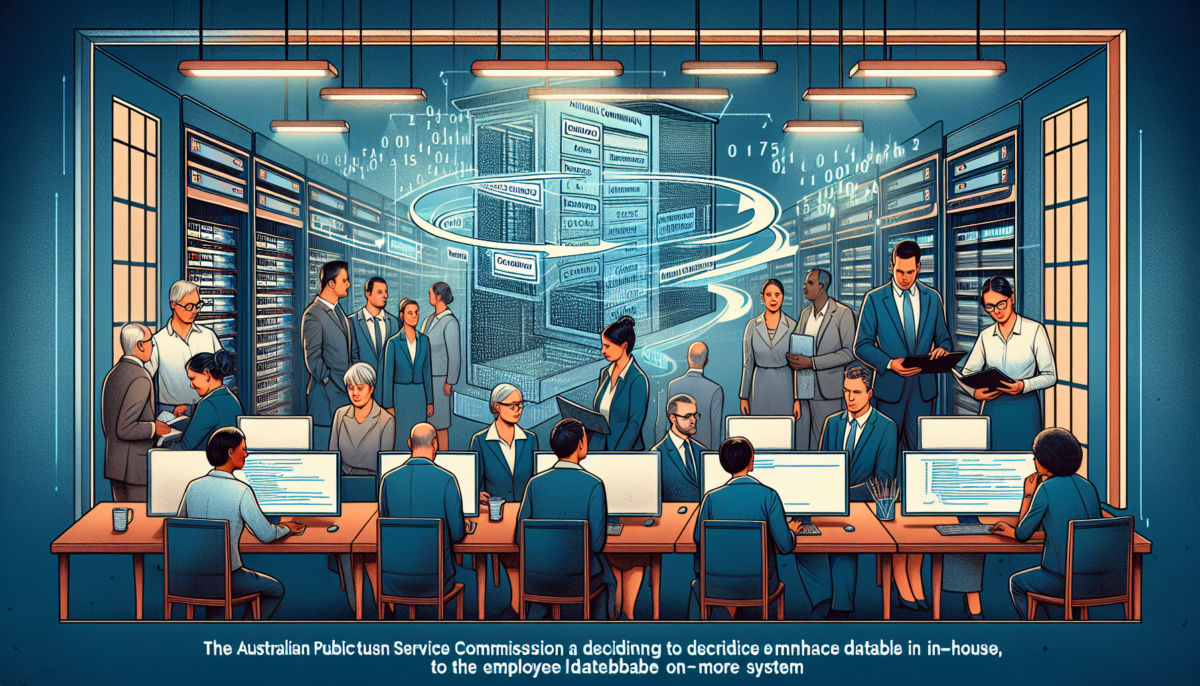US Decision on Google Search Monopoly Anticipated by December
We independently review everything we recommend. When you buy through our links, we may earn a commission which is paid directly to our Australia-based writers, editors, and support staff. Thank you for your support!
US Decision on Google Search Monopoly: What’s Next?

Summary:
- The US Department of Justice (DOJ) plans to unveil an outline of remedies for Google’s search monopoly by December.
- A US court found Google guilty of monopolizing the digital search market, signaling potential issues for competition in the tech sector.
- Authorities are considering remedies that might involve divesting specific business divisions or restricting Google’s default search deals with device manufacturers.
- Google intends to appeal the ruling and is likely to consult with Microsoft and OpenAI regarding competitive AI search strategies.
- The ultimate decision on remedies might not occur until mid-2024 due to anticipated additional hearings.
- The role of artificial intelligence (AI) is increasing in the search space, as Google rebrands its Bard AI as Gemini.
DOJ to Recommend Solutions for Google’s Search Monopoly by December
The US Department of Justice (DOJ) confirmed it will propose an outline of solutions by December aimed at tackling Google’s overwhelming influence in the online search market. This follows a court ruling from a US judge which declared Google as a monopolist, hampering competition and innovation within the online search landscape. Controlling more than 90% of global search traffic, Google is now facing possible comprehensive modifications to its business operations.
Extensive Solutions on the Way
During a recent court session in Washington, DOJ lawyer David Dahlquist suggested that the proposed solutions could be extensive, particularly as Google continues to weave artificial intelligence (AI) into its search offerings. The DOJ is poised to consider how Google’s advancing AI capabilities, including its rebranded chatbot Gemini (previously Bard), might impact competition within the search sector.
“What more are they contemplating? What else lies beyond that?” Dahlquist asked during the session, indicating the DOJ’s concern over coming product innovations that could further solidify Google’s position.
Possible Solutions: Sell-offs and Default Search Arrangements
While the DOJ refrained from detailing its proposed solutions, several possibilities have surfaced. These could range from mandating Google to divest important business sectors, such as its Android operating system, to stopping the practice of financially incentivizing smartphone makers and web browsers to select Google Search as the default search engine.
Such a shift could significantly affect Australian consumers and businesses, where Google Search has a substantial presence across various devices and platforms. Should the remedy include dismantling parts of Google’s business or limiting its capacity to establish default search partnerships, it could create opportunities for emerging competitors in the Australian market, potentially transforming the digital advertising environment.
Google’s Reaction: Preparing to Challenge the Ruling
Google has already indicated its intent to appeal the ruling, with its attorney, John Schmidtlein, mentioning the need for a comprehensive proposal from the DOJ prior to a formal rebuttal. Schmidtlein also noted that Google might consult other tech rivals, particularly Microsoft and OpenAI, as AI-enhanced search technologies become a crucial area of competition.
Interestingly, Microsoft’s Bing and OpenAI’s ChatGPT have been making strides in the AI search domain, which may furnish Google with an argument that competition remains dynamic in the industry. Nonetheless, given Google’s preeminence in conventional search, many evidence that the company’s expansion into AI could hinder the progress of these new contenders.
Timeline for Final Decision
US District Judge Amit Mehta, who is managing the case, indicated a possible hearing in spring 2024, with a final decision likely by August 2024. This prolonged timeline allows both parties sufficient time to prepare their arguments, especially as AI becomes a progressively vital element in the proceedings.
For the moment, all attention is on the DOJ’s December outline, which could influence the future of search engines and online advertising worldwide—including in Australia.
Consequences for Australia
Australia, mirroring many nations, largely depends on Google’s services, from search to Android-equipped smartphones. Alterations enforced upon Google by the US could have cascading effects in the Australian marketplace. For instance, divesting Google’s Android segment could pave the way for alternative operating systems, providing Australian consumers with a broader array of mobile platform choices.
Additionally, should Google be compelled to cease its financial arrangements for its search engine to be the default, Australian device makers and browsers might explore collaborations with alternative search providers. This could foster a more varied search engine environment, benefiting consumers and businesses alike by promoting competition and innovation.
Overview
The US Department of Justice is anticipated to propose solutions by December 2023 to tackle Google’s unlawful monopoly in the online search arena, with potential responses ranging from divestitures to modifying default search agreements. Google aims to appeal the ruling, and the conclusive determination may be postponed until mid-2024. With AI continuing to transform the search domain, this case could have far-reaching repercussions for Google’s operations globally, including in Australia. Consumers and enterprises should remain alert as this legal conflict unfolds.
FAQs
Q: What prompts the US Department of Justice to investigate Google?
A:
The DOJ is probing Google for monopolizing the online search market, which raises concerns about the company obstructing competition by hindering other search engines and tech firms. This investigation forms part of a broader initiative to ensure fair competition in digital environments.
Q: What type of remedies might the DOJ suggest to tackle the monopoly?
A:
Proposed remedies could encompass requiring Google to divest particular business divisions, such as its Android mobile operating system, or mandating the corporation to stop paying substantial sums to device makers and browsers for designating Google Search as the default choice. These adjustments could foster increased competition within the search sector.
Q: Could this ruling influence Australian consumers?
A:
Absolutely, any alterations imposed on Google in the United States could generate ripple effects in Australia. For instance, if Google is obliged to divest segments of its business or eliminate default search agreements, it could introduce more competitors into the Australian market, offering consumers additional options in search engines and digital services.
Q: In what way is AI impacting this case?
A:
Google’s increasing incorporation of AI within its search products, like its rebranded Gemini AI, is generating concerns that the company might further entrench its control over the search landscape. The DOJ is expected to consider the role of AI in its recommended remedies to maintain fair competition in the evolving AI-focused search marketplace.
Q: How is Google reacting to the ruling?
A:
Google intends to contest the ruling and is gearing up for a legal defense. The company may look to gather insights from rivals like Microsoft and OpenAI, especially as competition in AI intensifies within the search industry. Google asserts that competition remains vigorous, particularly with the emergence of AI-driven solutions from other firms.
Q: When should we expect the final ruling?
A:
The conclusive ruling in this matter is projected for August 2024, following additional hearings and legal procedures. However, the DOJ will publish an outline of proposed solutions by December 2023.



.jpg)

















